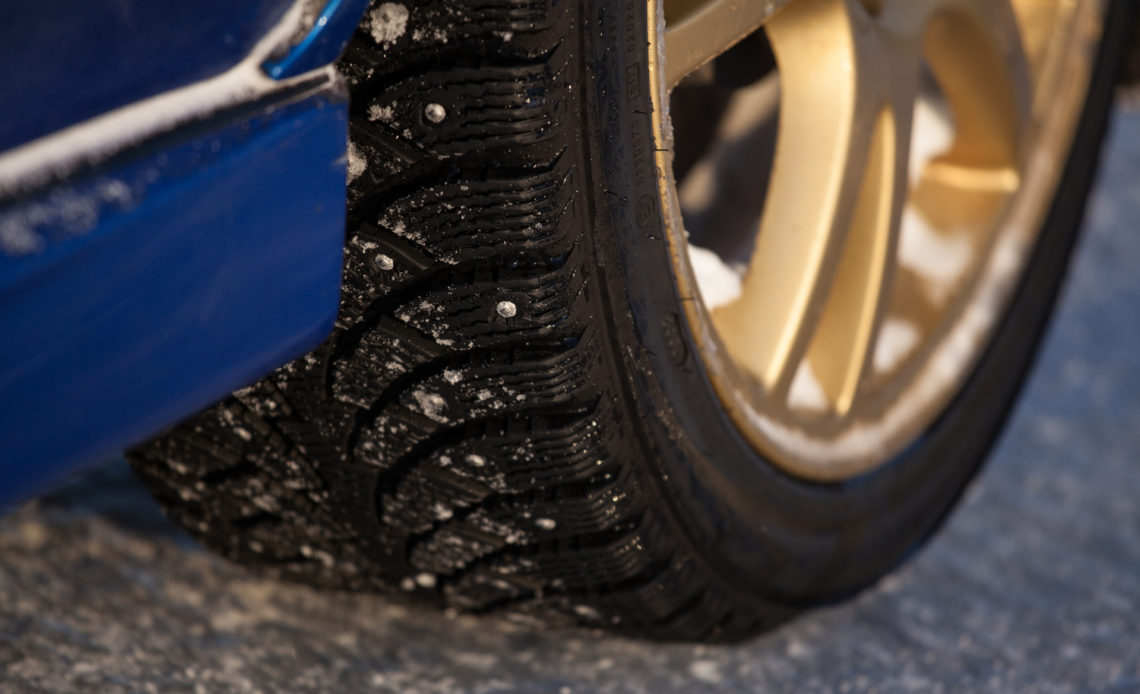
Spoiler: it’s a bad idea.
If you’ve mounted winter tires on your car, it’s obvious that the area where you live experiences a rather severe and possibly prolonged winter. It doesn’t matter whether they’re studded or studless, winter tires are only meant to be used during winter. They’re made to tackle tricky driving conditions like ice, snow, and other wet conditions that don’t occur during summer.
Once the sun comes out and the temperatures start to rise, you may be tempted to leave those tires on. We understand that changing tires, balancing them, and aligning them is an effort, but you should probably do it anyway. Here’s why:
Faster Wear
The high summer temperatures aren’t suitable for winter tires. These tires are made to perform in cold conditions. They’re purpose-built for a particular job. The warmer summer temperatures could cause winter tires to wear out more quickly.
This means you’ll have to replace them because if you don’t, driving on them could become dangerous. Winter tires are supposed to last one to four winters. So switch them out and store them safely.
Performance Reduction
You will feel that your vehicle does not perform as well in the summer on winter tires. They will reduce the handling response, top speed, fuel economy in the summer. They will also make your driving experience less enjoyable. The right tires can change all that.
Safety
This is probably the most important reason to switch out winter tires after the season passes. According to a study that was conducted, exposing the rubber in winter tires to the heat of summer can increase the chance of a blowout. Winter tires also don’t have the same tread as summer tires and can’t channel water away as effectively.
So the chances of aquaplaning increase as well. During summer, winter tires may also require more time to come to a full stop. This could prove to be dangerous in an emergency or even if you misjudge it’s stopping distance in a regular situation.
When Should You Switch Tires?
In some regions, winter tires may be required by law, but that rule will only apply during the winter. Once you notice that the temperature is rising, the roads are staying dry and the days are getting warm, you should switch out your winter tires for summer tires.
You may also want to check the requirements set forth by your insurance company. Some may offer you a reduction in premium if you keep winter tires on during a specific set of dates.
To make life easier, you could just have two sets of wheels for your car, one shod with winter tires, and another with summer tires. That way swapping them out will become less of a chore, and you’ll only have to get the balance, alignment, and inflation checked.
If for some reason you can’t switch out your winter tire, then here a few things to do to ensure your safety:
– Check each tire’s tread every week for wear and tear that looks unusual
– If your tires look worn, then replace them as soon as possible
– Ensure they’re adequately inflated, balanced, rotated and aligned when seasons change
– Give yourself space for braking and be mindful of weather and road conditions
– Be extra careful in the rain and avoid driving through standing water
